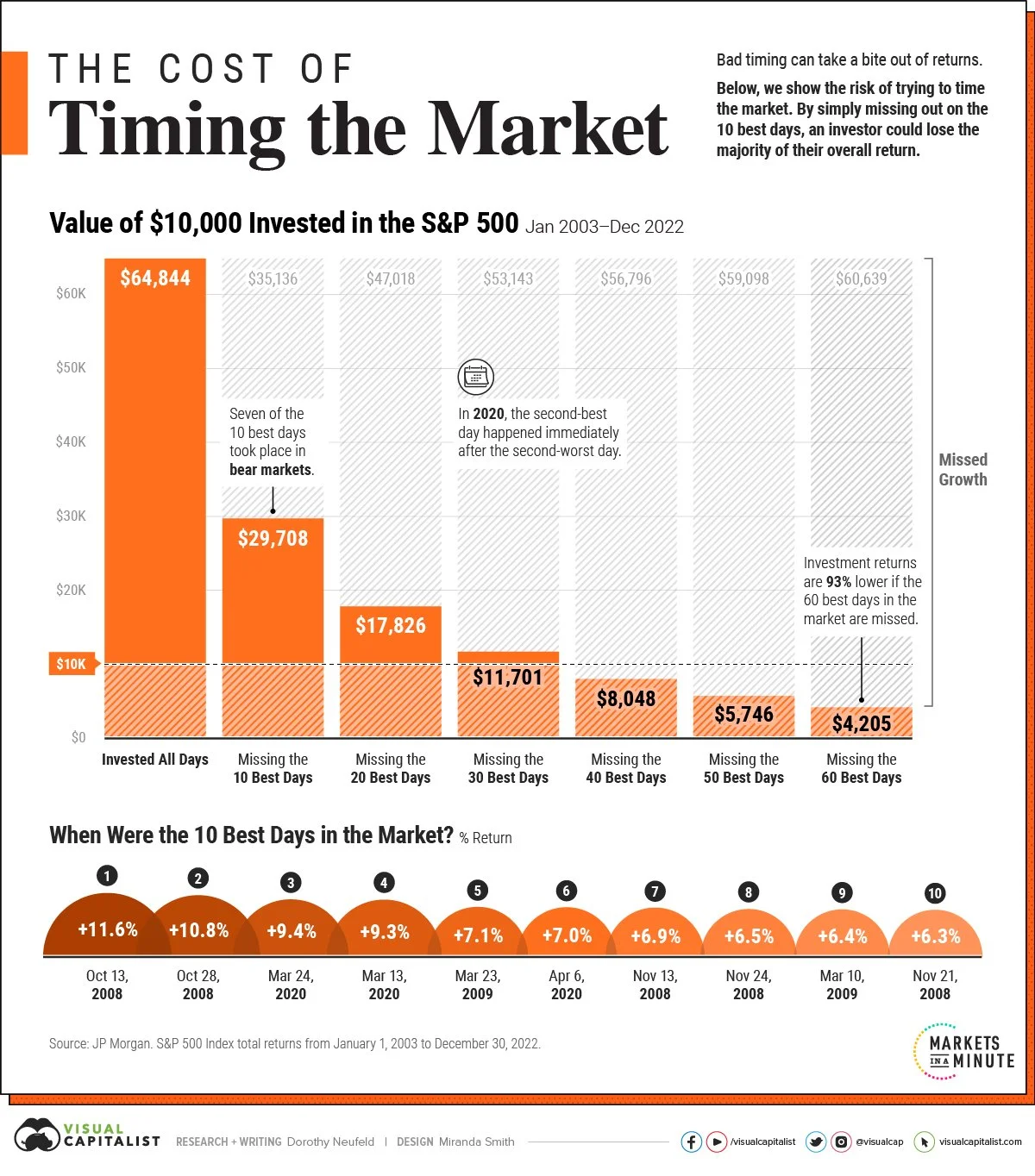We always hear that you should delay Social Security benefits as long as possible. But the right time to take Social Security benefits will be different for each person. The one thing that is the same for each person is the formula used to determine your benefit. By determining your benefit, you can then run the numbers to determine when the best time is for you to start taking your benefit, based on your specific situation.
Your Social Security benefit is based on your primary insurance amount (PIA). PIA is the amount a person would receive if he/she elects to begin receiving retirement benefits at his/her normal retirement age (NRA – also known as Full Retirement Age (FRA)). The NRA varies by year of birth for retirees. Currently, most retirees have an NRA ranging from 66 to 67 years of age.
To calculate your PIA, the government uses your average indexed monthly earnings (AIME), which is the sum of the 35 highest-earning years divided by the total number of months in those years. The formula also has two dollar amounts that are called “bend points.” The bend points change annually and are based on the changes in the national average wage index. For 2022, the bend points are $1,024 and $6,172. The table with these annual changes can be found here on the Social Security Administration website (link here). The year of eligibility is the year in which the worker turns 62 years of age.
Now that we have all the pieces, we can plug them into the PIA formula:
a) 90% of the first $1,024 of his/her AIME (multiply $1,024 x .90), plus
b) 32% of his/her AIME over $1,024 up to $6,172 (multiple this amount x .32), plus
c) 15% of his/her AIME over $6,172 (multiply this number x .15).
The sum of these three numbers rounded down to the nearest dollar is your PIA.
The amount of the PIA that you receive depends on when you retire. See the table below for how much you receive depending on when you start your benefit.
Age You Start Your Benefit Percentage of PIA You Receive
62 (NRA of 66) 75%
62 (NRA of 67) 70%
66 (NRA of 66) 100%
67 (NRA of 67) 100%
70 (NRA of 66) 132%
70 (NRA of 67) 124%
With all this information, you can now run the numbers to see how much you are leaving on the table by taking your benefit early, or gaining by holding off.
As an example, if your NRA is 66 and your PIA is $1,000 per month or $12,000 per year, by starting your benefit at 62, your PIA will be $750 per month or $9,000 per year. By delaying until you are 70, your PIA will be $1320 per month or $15,840 per year. You can now compare the numbers to determine what works best for you. For example, at Intelligent Investing we commonly discuss with clients when their break-even points occur for different Social Security claiming strategies.
But the numbers should not be your only consideration. Life expectancy is important. If you are ill and have a short life expectancy, then it would be best to start your benefits earlier. Sometimes your work situation or lack of one may require you to start your benefits at 62. On the other hand, if you have a long life expectancy, then it may behoove you to delay until 70 to begin your benefits.
Now that you have these formulas, you can work with the numbers to see when the best time for you to start your retirement benefits is.
The following links give more details about the topics in this blog.
https://www.ssa.gov/oact/progdata/nra.html
https://www.ssa.gov/oact/cola/piaformula.html
https://www.fool.com/investing/2022/03/31/how-much-will-starting-social-security-early-cost/Age You



















David L. Hogans, Esq. is an author and the founder of Intelligent Investing, Inc., a registered investment advisor firm located in Albuquerque, NM. He earned his Bachelor of Science in Chemical Engineering (ChE) from Virginia Tech and his Juris Doctorate (JD) from the University of Dayton. Mr. Hogans is licensed to practice law in the states of Virginia and New Mexico, as well as, before the Federal Patent Bar. For more information about Mr. Hogans and his firm please see his ADV filing with the Securities and Exchange Commission (SEC) .